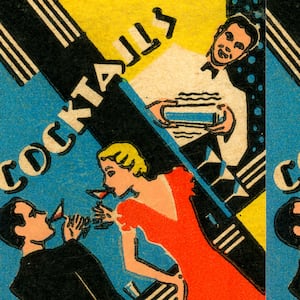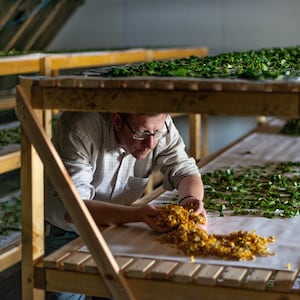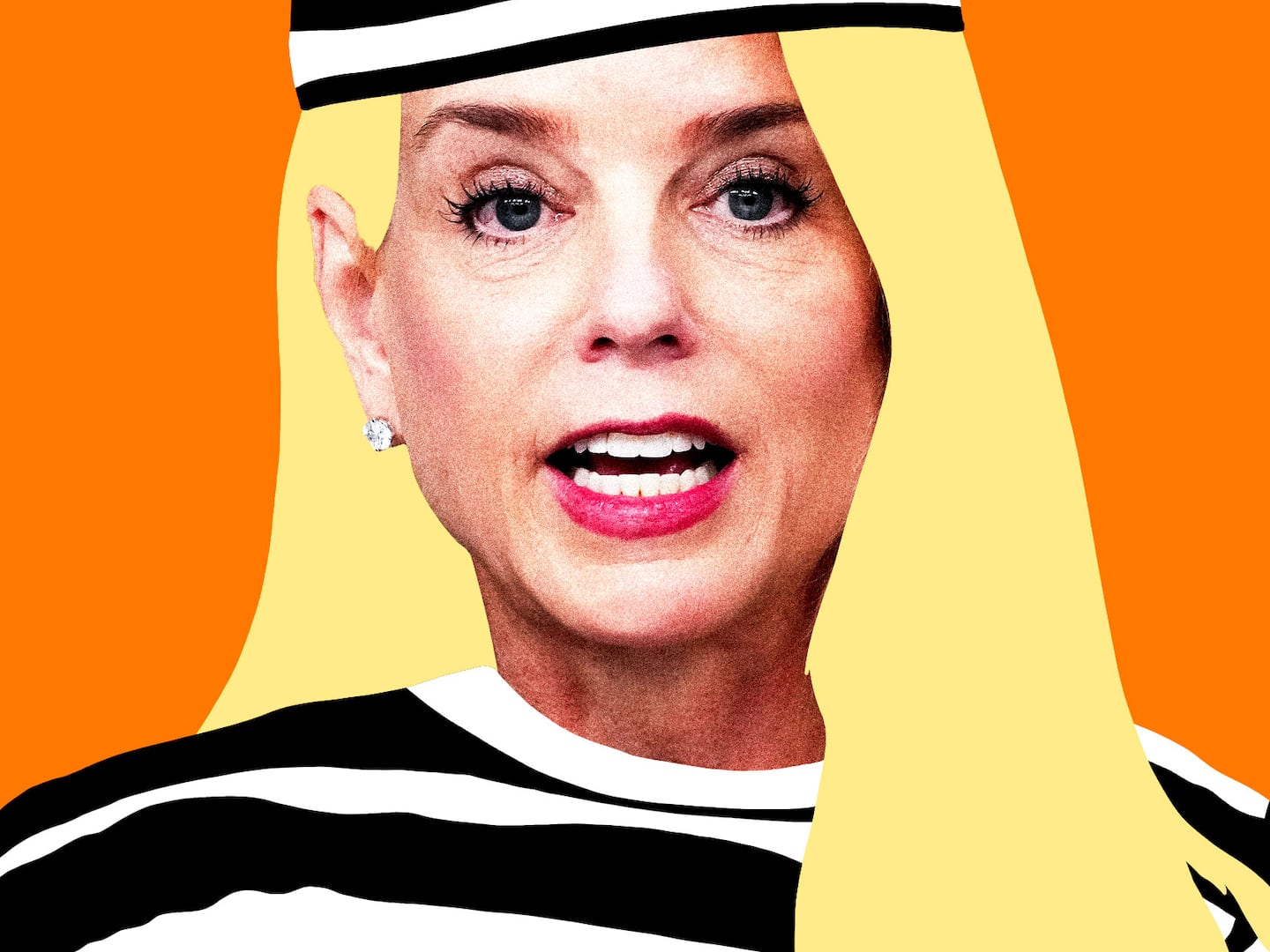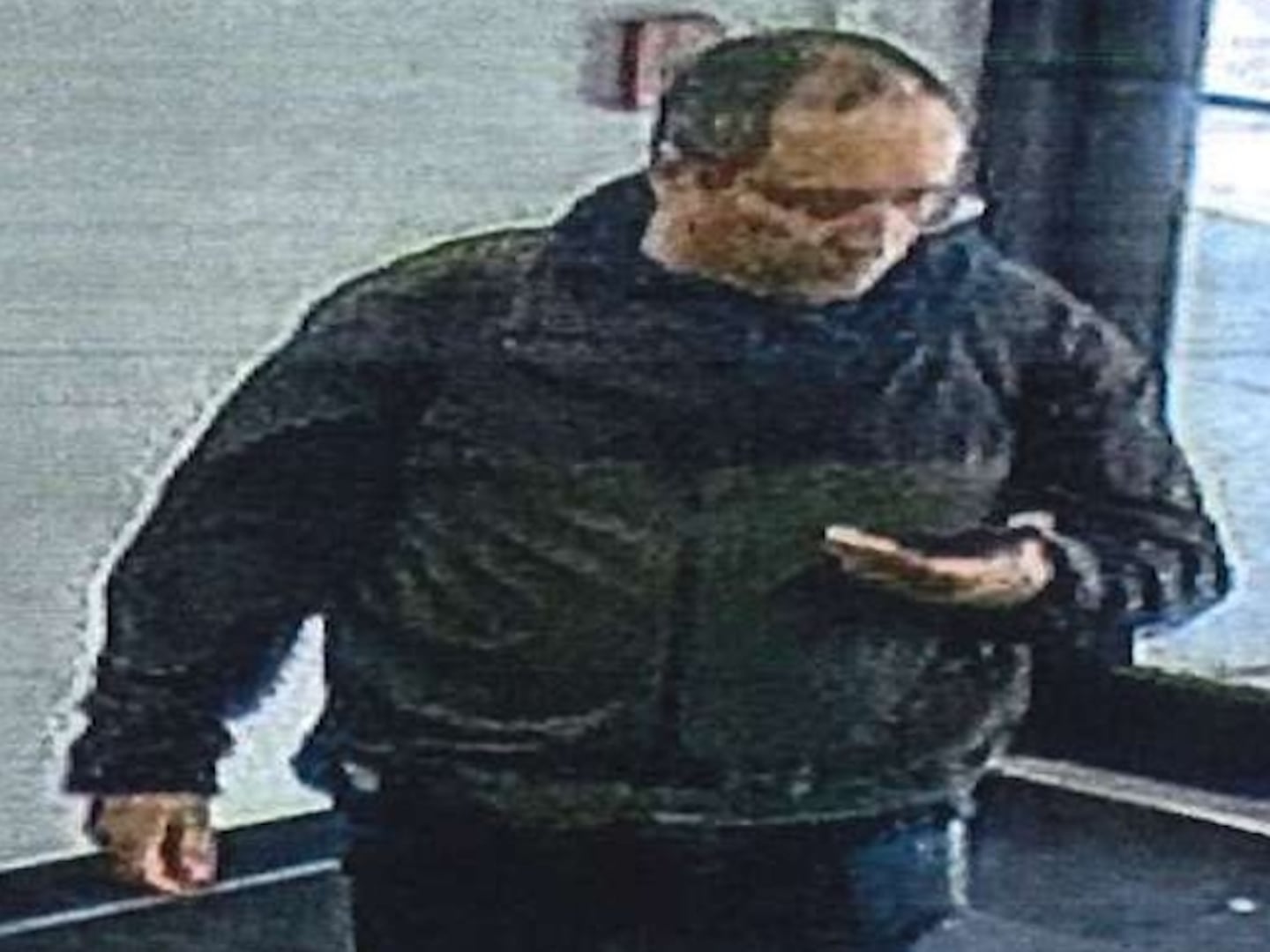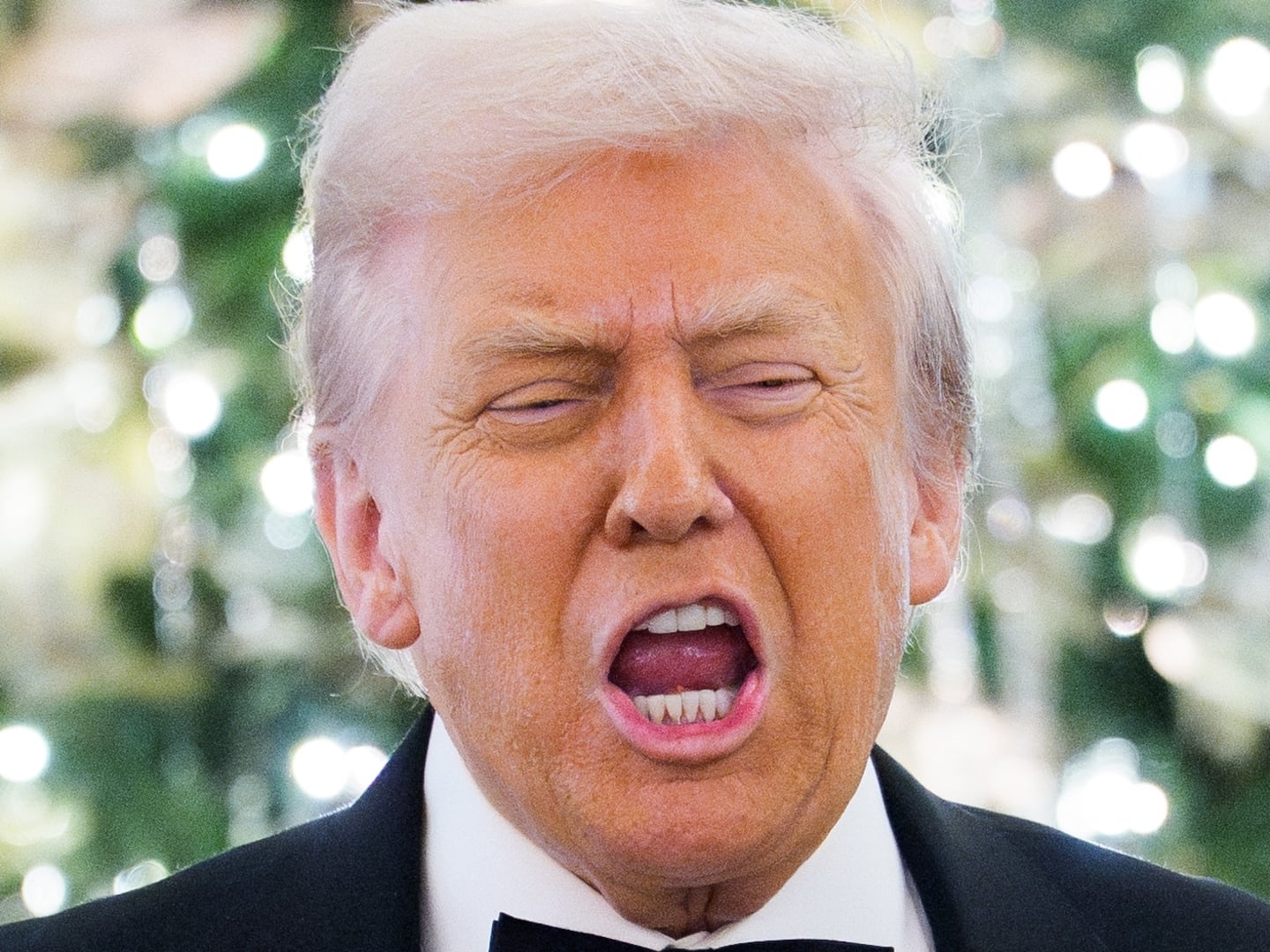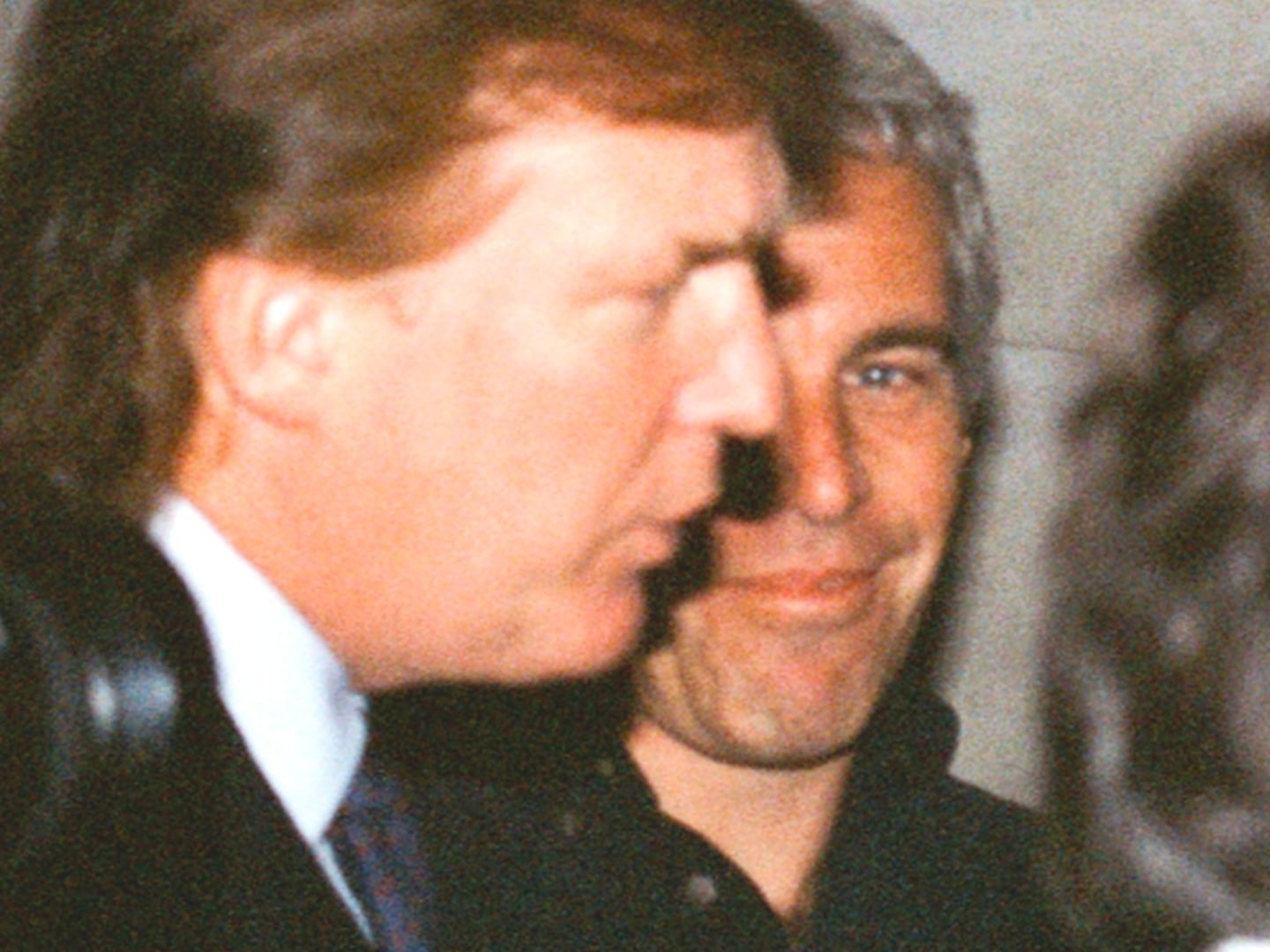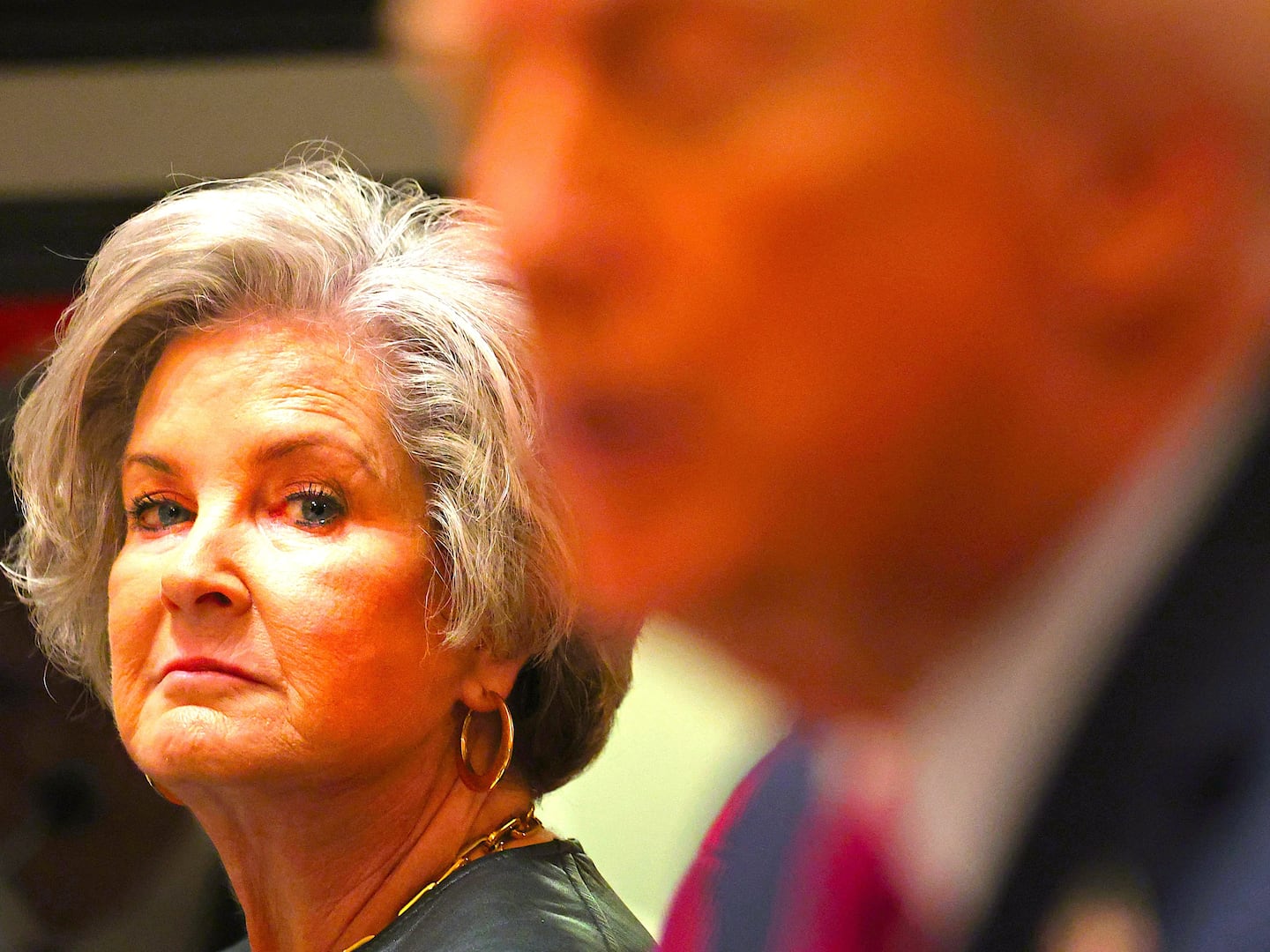You’re sitting on your couch on a Saturday afternoon and you read an article on your iPad about an intriguing Bolivian brandy. You think: I’d like to drink that brandy. Now. Tap, scroll, tap, scroll and you’re on an ordering page. An hour later there’s a knock on your door and a bike messenger asks for your ID then hands you a bag with your liquor. Two minutes later you’re back on the couch with a glass of Bolivian brandy in hand.
Did you ever pause to wonder: wow, how did that just happen? What sort of necromancy is involved to convert a passing thought to an actual, drinkable glass in under an hour?
No, of course, you didn’t. Because this is the modern age and we all shop from the couch. We can get anything from a bunch of kale to a vintage Camaro convertible delivered to our doorstep by pecking at a small pane of glass with a single finger.
Yet, the process of getting that liquor delivered is uncommonly arcane and complicated, controlled by decisions made by long-dead people for whom a rotary dial phone was a nearly unimaginable convenience.
While the software of drinking has changed significantly in the past decade—in theory we can select from thousands of new brands of liquor, made by hundreds of tiny new distilleries—the hardware that controls the movement of bottles from distillery to drinker has remained much the same for nearly a century. And it runs on an ancient and confounding bit of delivery engineering. It’s as if you bought a state-of-the-art computer and found that it was full of fragile vacuum tubes, leaky hydraulics and the smell of grease.
The Bolivian brandy I cited above wasn’t a random example. I’m referring to a product called Singani 63, which showed up in the United States in 2014. It was launched with the heavy involvement of Oscar-winning director Steven Soderbergh (Sex, Lies & Videotape, Traffic). The makers don’t actually bill it as a brandy, but as a “Bolivian spirit” made with muscat grapes. They’re hoping that the U.S. regulators will approve singani as a recognized subset of brandy—like Cognac or pisco—sometime this year.
“We’re pioneering a new category,” says Jonathan Brathwaite, the company’s chief operating officer. That’s a steep marketing hill right there—it’s hard enough to convince people to drink a new gin or new whiskey. But this is a variation on brandy, which is already a confusing spirit to many, with a flavor profile that won’t be recognizable to many.
Like a lot of younger spirit companies touting products that might not be instantly familiar, Singani 63 turned to bars and bartenders to spread the word.
“There’s a lot of education,” Brathwaite says. “Before taking it to the mass consumer, you build it in the craft cocktail industry.”
As such, the mixologists behind the mahogany are more than interestingly tattooed compounders of spirits. They are also unpaid salespeople. When they find a new spirit that they love, they talk it up to their best customers and thereby spread the word.
In following this route to market, about 80 percent of Singani 63 sales have been through bars—with the remainder sold at liquor stores. So when the pandemic hit a year ago, shuttering thousands of bars, Singani 63 saw its sales plummet as the chief channel to potential consumers dried up.
“When Covid first hit everyone was thinking, okay, two months—things have got to be better by summer,” Brathwaite says. “The thought of it even going to August was unfathomable.” Of course, it went on…and on. It became clear that just waiting for bars to re-open wasn’t a viable strategy. The brand had to find a way to bypass the bartender and reach consumers directly, both in promotion and sales. “We were trying to stay relevant,” Brathwaite says.
What to do?
The makers of almost anything else—fancy fruit preserves, brass doorknobs, bolo ties—would swiftly pivot to selling directly to the consumer if retail stores dried up. They’d take to the web for marketing and ship directly to customers.
But liquor doesn’t work that way—or at least hasn’t for more than eight decades. Since the Repeal of Prohibition in 1933, generally the law prohibits liquor being sold by the person who makes it to the consumer who drinks it. A maker can’t even sell directly to a bar or liquor store. Law requires that it be sold to a distributor, who in turn sells it to the retailer, who then sells it to the customer. In some states—called “control states”—the state government takes on the role of distributor, controlling which products are sold and their pricing, and pocketing a hefty fee for the service. The idea behind the so-called “three-tier system” was to create a speed bump in liquor sales and prevent a return to a pre-Prohibition era of easy, low-cost booze, liquor monopolies and rampant overconsumption.
In trying to find a new way to sell their spirit when bars closed, Singani 63 and other small producers and importers, found themselves crowded into distributors’ anterooms, elbow- to-elbow with hundreds of other small producers suddenly eager to sell to stores rather than bars.
Problem is, distributors lack the incentive to take on lots of smaller brands, some of which might just sell a dozen or two cases every few months. The well-known brands, in contrast, can sell millions of cases a year. This is compounded by the fact that distributors have consolidated, buying up one another, leaving fewer routes to market. The barriers between producer and consumer have thus gotten more formidable, the gates smaller, and the crowds outside larger and more frantic.
Liquor delivery services, like Drizly or Minibar, don’t get the liquor they deliver from the producers. They buy it from a retailer. (As Drizly puts it, “Drizly brings retailers’ shelves online.”) They are agents for the consumers, not for the liquor brands. In effect, the delivery services are a fourth tier in the process between distiller and drinker.
When Singani 63 first signed on with Minibar, Brathwaite says the delivery service required that the brand be carried in 17 liquor stores in New York. That created a web of locations, such that the service could get a bottle to a customer within an hour whether they were in Battery Park City or Astoria, Queens. “They were more of a marketing platform and would take your order to the store. They’d [then] give it to a guy on a bicycle who would take it to your house,” Brathwaite says.
So Brathwaite made the rounds and convinced 17 stores to carry Singani 63. But as Drizly grew, the requirements changed. It soon required each product to be carried by 60 New York retailers, creating a finer-mesh web. But that was a steeper hill to climb for a small brand, and also carried risks—unsold bottles could sit on the shelf for months and collect dust, annoying the owners of liquor stores where shelf space is at a premium.
“You can burn relationships with retailers very, very quickly,” Brathwaite says.
So Singani 63 went shopping for other ways to reach consumers directly. “We had to look at sales in a completely different way. All of a sudden, we’re really an e-commerce company.” Eventually they found a partner in a delivery platform called Cask & Barrel Club, founded in 2016 and based in Florida.
This is what’s called a “white label” platform in which you might not even notice that you’ve left the distiller’s own website and have arrived on someone else’s website.
In Singani 63, for instance, the main website is “www.singani63.com.” But when you click on the large and yellow “buy now” button on the homepage, it quietly takes you to www.buysingani63.com. This has the look and feel of the product’s main page, but is, in fact, unconnected to the producer. It’s overseen by Cask & Barrel, which creates the required legal distance between producer and consumer.
That one click on the buy button essentially takes you from the first tier to the fourth tier, which then connects with the third tier to deliver your product. Cask & Barrel has created a network of retailers located in states that have negotiated reciprocal shipping arrangements with other states, allowing the majority of the country to have the product shipped to their homes. It’s all seamless. The average consumer will assume that Singani 63 put a bottle in a box and mailed it to them.
This impression is enhanced by the fact that each box comes with a mysterious black envelope sealed with red wax. Inside is a slick cocktail recipe book, and an enamel lapel pin with “63” on it. “We tell customers to hold on to this, it will open up doors in your life you didn’t know were closed,” Brathwaite says. As bars reopen, Singani 63 is aiming to set up promotions in which wearers of the pin can bypass lines, or get a special cocktail. In effect, they’re trying to create a speakeasy sensibility with customers they will never meet. “It’s a society within a speakeasy society,” Brathwaite says. (He added: “If I’m being honest, I stole this from Sasha Petraske,” the late owner of the legendary Milk & Honey, who used to give wooden nickel to special guests allowing them to bypass lines outside the door.)
“We’re in the age of tech, in the age of delivery,” Brathwaite says. “Covid skipped us forward five years” in terms of connecting directly to consumers.
What will the next five years bring?
My Magic Eight ball says the “Future is hazy.” But it seems certain that how liquor travels the last mile to your house will be subject to a more pitched battle, with pressure coming from below and above.
From below, frustrated smaller producers have increasingly pressed state legislators to pass laws allowing them to sell directly to those who visit their distilleries, or sometimes at farmer’s markets, bypassing distributors. That process accelerated during the pandemic and a number of states now allow direct shipping from distilleries to in-state consumers. (That applies only to spirits produced in-state, not imported like Singani 63.) It’s not seamless—a customer in Arizona can’t order liquor from a distillery in California. But it’s still a loosening of long-established standards.
From above, there’s the looming shadow of Amazon. If something can be delivered to a house, Amazon would naturally like to be part of it. Amazon has already gotten some practice in delivering adult beverages direct to consumers in the United Kingdom, which is not hampered by a three-tier system.
“Big Tech is getting in the game,” Brathwaite says. And he suspects Amazon CEO Jeff Bezos is watching carefully. After all, it’s not likely he’s unaware of the $250 billion alcoholic beverage market. “All he has to do is now lobby and fight the fight, which he has the money for,” Brathwaite says. That’s setting up a battle royal with distributors, who have built an entire industry upon a tier that some argue is needless—an industry powerful enough that it’s successfully lobbied for regulations that prevent the United States Postal Service from delivering liquor.
“Your independent small retailers, or even your big chains, don’t have the finances to really fight this,” Brathwaite notes. “But if you have big tech? That’s now enormous. There’s no stopping it.”


